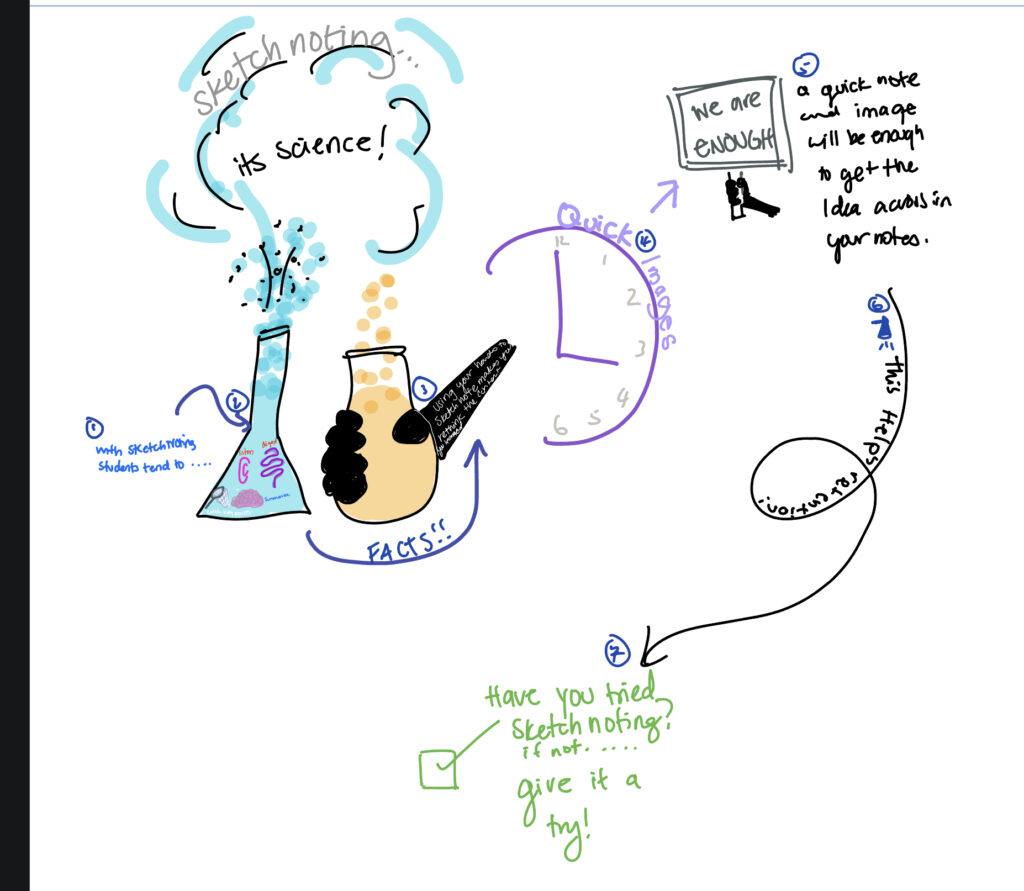

Today I got to play around with a graphic design platform called Canva, to which I attempted to critically review the site through the lens of an educator. I wanted to decide if Canva had a place in my future classroom, other than being used as a teaching tool. After playing around with it for a while, I came up with a couple of different conclusions:
Canva is a great for teachers
Canva is a simple, easy-to-use platform that educators can use to create visuals for instructions, complex information, and worksheets. I was able to create worksheets and informative posters using pre-made templates or start with a blank document. I found that it was nice to be able to make exactly what I was wanting to teach in a couple of quick clicks.
Canva can be used by students, depending on age
I realized, that while Canva is great for educators, it can also be great for students. I would be wearly to use Canva for any ages lower than 9 because students are still learning:
- the meaning of some words used in canva, eg. text, template, graphics, etc.
- learning about plagarism, ensuring they are not only copy and pasting information, and unstanding what that means to do so.
- how to write. Grade 3’s are still working on building sentence structure, and how to do so.
Due to these reasons, I feel that children aged 9 and up would benefit the most from using this program.
While Canva is a easy to use tool for education, I came to decided that it would be best for students Grade 4 and up. I would be very curious to see students creations using this design platform and cant wait to play around more with it!